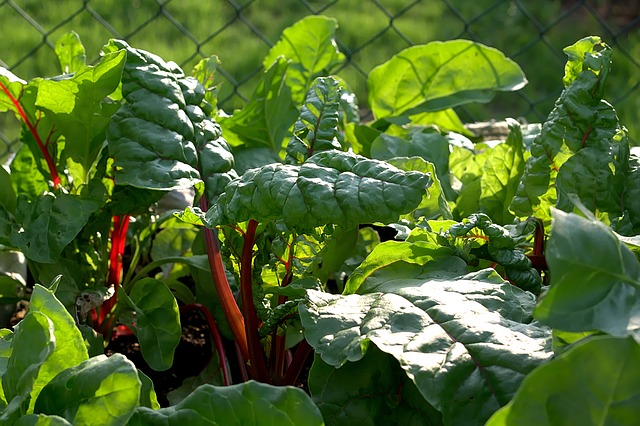Best Vegetables to Grow in the Shade
A location that receives direct sunlight 6-hours a day is the best for vegetable growing, but it’s not the only location that will produce food. Several vegetable plants can be grown successfully in shady areas, as long as the plants receive 1-2 hours of indirect sunlight each day.
 Many backyard gardens and homesteads have sections of shady landscape and the challenge is to find vegetable plants that will grow and produce in the shady areas.
Many backyard gardens and homesteads have sections of shady landscape and the challenge is to find vegetable plants that will grow and produce in the shady areas.
Here are some of the best vegetables to grow in shade so you can harvest fresh food wherever your homestead might be located.
Define the Shade
Not all shade is created equal. Full-shade areas receive no direct sunlight, partial-shade areas receive some direct sunlight each day and areas in dappled-shade receive sunlight that is filtered through tree leaves or other structures.
Any amount of shade will present plant-growing challenges but fresh vegetables can be still be grown. Once the shade has been defined and the amount of sunlight (in hours) has been calculated, select and plant from this list of best vegetables to grow in shade.
Vegetable Choices
* Leafy greens, like bok choi, chard, kohlrabi, and tatsoi grow well with just two hours of sunlight each day.
* Mesclun mix is a delicious mixture of salad greens that only require two hours of sun each day. A delicious mix of Bibb lettuce, mustard greens, radicchio, escarole, mizuna, curly endive, and watercress seeds are sold in a pack. The seeds are scattered on top of prepared garden soil in a shady location and in a few weeks, a fresh mesclun salad mix will be ready to harvest.
Expect three harvests each season if all the mesclun greens are harvested at once. Sow seeds every two weeks for a continual harvest of green mixed greens.
* Loose-leaf lettuce grows well when planted in a shady garden spot that provides at least three hours of sun each day. Lettuce grown in shade will produce a longer harvest than lettuce grown in full sun.
* Mustard greens and spinach will produce tender baby greens when grown in a shady garden that receives only three hours of sun each day.
* Scallions, garlic, chives, cilantro, parsley, oregano, and mint do well with only three hours of sun each day.
* Kale and arugula are cool-season vegetables and grow best in a cool, shady location and only need about fours of sunlight each day.
* Root vegetables, like potatoes, carrots, radishes, turnip, and beets will grow in a shady location, but their growth will be slow and produce will be small. If you can provide these root vegetables with at least four hours of sunlight each day the plant development and harvest will be excellent.* Head-producing vegetables, like cabbage, cauliflower, Brussels sprouts, and lettuce grow well in partial shade. These cool-season vegetables can be planted and grown twice a year (spring and fall) in partially shaded areas.
How to Increase Sunlight
A few tricks can be used on a homestead to increase the amount of sunlight a shady garden area receives.
* Remove all low-hanging branches on nearby trees and shrubs so the area will be brighter.
* Plant in raised beds to slow down the moisture-wicking of nearby trees and shrubs.
* Paint the exterior walls of nearby structures bright white to reflect the sunlight towards the shady area.
* Use reflective mulch, like white pebbles or aluminum foil, to give garden plants more light.
Organic Pest Control
Shady garden areas stay moist (they require less water during growing season) and attract slugs and snails. Surround the plants and/or entire shade garden areas with crushed egg shells as organic pest control to keep slimy, creeping pests out of the garden.




